
why impedance matching important transmission line
Introduction to Impedance Matching Impedance matching is a crucial concept in the design and operation of transmission lines, which are used to transmit electrical signals[…]

crystal oscillators your pcb layout keep frequencies steady
Introduction to Crystal Oscillators in PCB Design Crystal oscillators are essential components in modern electronic systems, providing a stable and precise frequency reference for various[…]
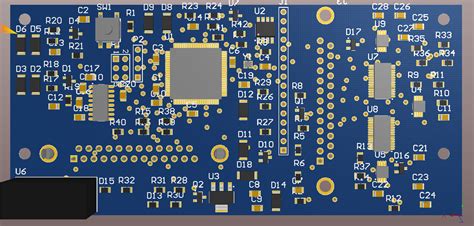
high speed pcb layout techniques
Introduction to High Speed PCB Layout High speed PCB layout is a critical aspect of designing modern electronic systems. As signal speeds and frequencies continue[…]
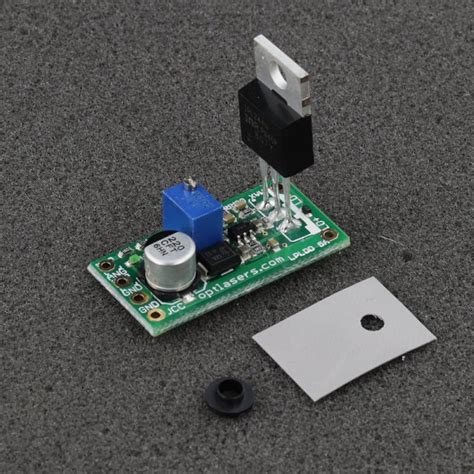
pulsed laser diode driver circuit layout for lidar
Introduction to Laser Diode Drivers in Lidar Systems Lidar (Light Detection and Ranging) systems have become increasingly important in various applications, such as autonomous vehicles,[…]
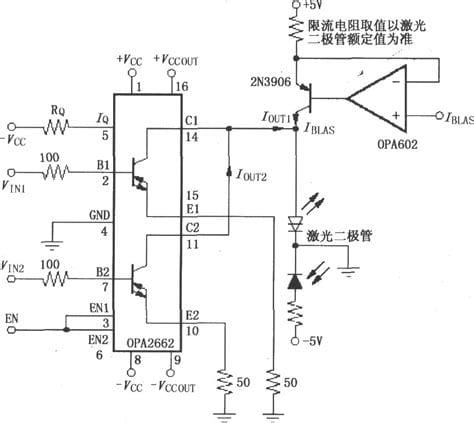
Laser Diode Driver Circuit – A Beginners Guide
Introduction to Laser Diodes and Their Applications Laser diodes are a type of semiconductor device that emits coherent light when an electrical current is passed[…]

differential line impedance calculator
What is Differential Line Impedance? Differential line impedance, also known as characteristic impedance or surge impedance, is a crucial parameter in the design and analysis[…]
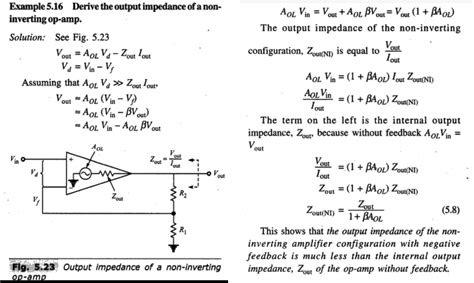
how use input impedance circuits and transmission lines
What is Input Impedance and Why is it Important? Input impedance refers to the effective resistance and reactance that a circuit presents to a signal[…]

quit bouncing around news
What is News-Hopping? News-hopping refers to the practice of quickly jumping from one news story to another without fully engaging with or understanding the content.[…]
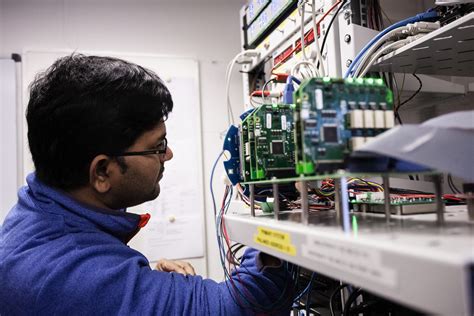
race hire embedded software engineers automotive industry
The Importance of Embedded Software Engineers in the Automotive Industry Embedded software engineers are essential to the development of modern vehicles, as they design, develop,[…]
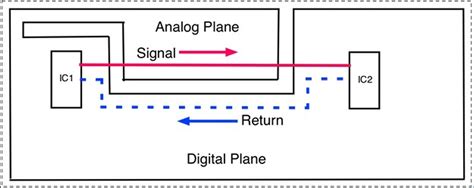
radiated emi sources in high speed high frequency pcbs
Introduction to EMI in PCBs Electromagnetic interference (EMI) is a critical concern when designing and manufacturing high-speed, high-frequency printed circuit boards (PCBs). EMI can cause[…]